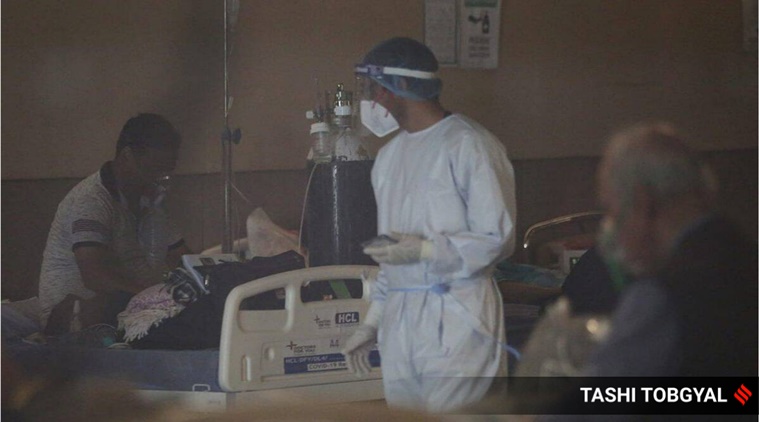Bedsores: From warning signs to prevention, all you need to know

Bedsores, also known as pressure ulcers, are injuries to the skin and underlying tissues resulting from prolonged pressure on the skin. They often develop on the skin covering bony areas of the body like heels, ankles, hips, and tailbone.
“People most at risk of bedsores are bedridden patients because of the application of prolonged pressure on the same parts of their bodies. Bedsores can develop over hours or days and most sores heal with the help of timely and accurate treatment. Bedsores can be categorised into a few broad stages based on a variety of factors like severity, depth, etc. The degree of skin and tissue damage ranges from red, unbroken skin to a deep injury involving muscle and bone,” said Dr Santosh Jha, medical superintendent, Porvoo Transition Care.
Warning signs of bedsores are:
*Changes that may seem unusual in skin texture and colour
*Swelling
*A part of the skin whose temperature feels lower or higher than that of the rest of the body
Prevention
Bedsores can be prevented by frequently repositioning the patient to avoid stress on the skin. A few other tips that can help in the prevention of bedsores are:
1. Maintaining good nutrition and fluid intake,
2. Taking good care of your skin,
3. Quitting smoking,
4. Reducing stress levels
5. Performing some form of daily exercise.
 Adjust the elevation of the bed can help avoid bed sores. (Source: Express Photo by Tashi Tobgyal)
Adjust the elevation of the bed can help avoid bed sores. (Source: Express Photo by Tashi Tobgyal)
Tips for repositioning to manage bed sores
*Frequently changing the posture:
*Lift yourself, if possible. Wheelchair push ups should be done if the patient has the required upper body strength. Wheelchair push ups are performed by raising your body from the seat by pushing on the arms of the chair.
*”Select pressure relieving mattresses or cushions and make sure that the body is well positioned. The use of doughnut cushions is not advisable as their use can result in focussing of pressure on the surrounding tissues,” the expert suggested.
*Adjust the elevation of your bed. Elevate your bed up to an angle of 30 degrees if possible. This helps prevent shearing.
*It is important to take care of skin hydration by applying moisturiser.
Management of bedsores
• Causative factor like pressure, shear and friction should be removed.
• Good control of co-morbid illness like diabetes, loss of sensation.
• Managing bacterial load and colonisation.
• Provide good nutrition.
• Regular cleaning and dressing of affected areas.
• Limb elevation to improve venous and lymphatic drainage.
• Routine physiotherapy sessions.
? For more lifestyle news, follow us on Instagram | Twitter | Facebook and don’t miss out on the latest updates!

